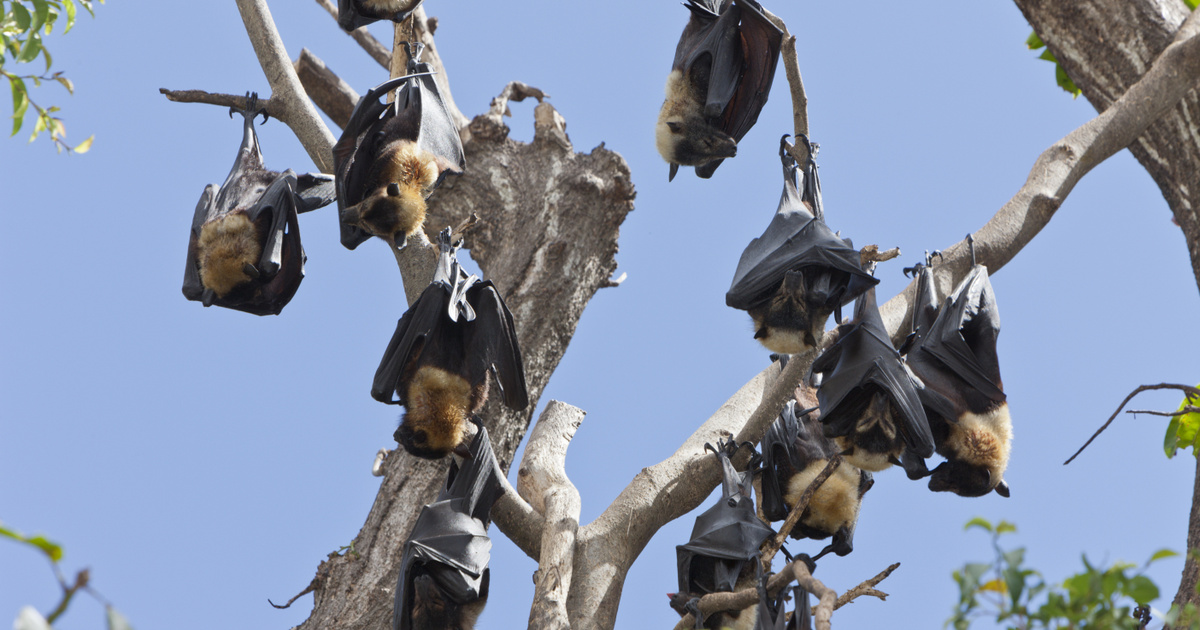The temper natureAccording to a study published in 2006, climate change will accelerate the spread of viruses (zoonotic diseases) from animals to humans over the next 50 years. It is estimated that we will receive at least 15,000 new viruses from mammals. It is one of the first studies to investigate how global warming is altering wildlife habitats, increasing the incidence of species capable of exchanging pathogens, and determining whether Viruses How often are you expected to bounce between species?
the importance of studying
Kate Jones, who is modeling interactions between ecosystems and human health at University College London, said the study
An important first step in understanding the risks posed by climate and Earth change.
new virus Its spread occurs due to encounters of species, when animals are forced into cooler areas due to higher temperatures. This is expected to occur mainly in species-rich upland ecosystems, especially in Africa and Asia, and in densely populated areas: the Sahel region of Africa, India and Indonesia. They hypothesized that the planet would rise by no more than two degrees Celsius this century (compared to pre-industrial temperatures), doubling the number of species encounters by 2070.
The study provides conclusive evidence that the coming decades will not only be warmer, but also worsen.
says Gregory Albury, an ecologist at Georgetown University in Washington, D.C. and co-author of the study.
To make predictions, Alberi and colleagues developed and tested models, and They ran for five years simulation. According to different climate change scenarios, the combination of virus transmission and species (in particular Mammals). Species distribution model predicts where mammals flee in search of more habitable sites and their evolutionary relatedness ( Viruses most closely related species).
The researchers looked at the extent to which the species can move away from its native habitat, but it is difficult to predict whether the mammals will be able to adapt to the new conditions and overcome natural barriers during migration. The bat Regardless of these factors, they are expected to play a major role in the spread of viruses and will not have a problem with habitat alteration due to flying.
It is difficult to predict the risk of viruses spreading from mammals to humans. Many factors can reduce the development of diseases, such as improving health care or a person’s resistance to the virus. There’s not even time to waste. The Earth has already warmed by more than 1°C from pre-industrial temperatures, already leading to species migration and the risk of disease spread.
Therefore, researchers are calling on governments and the international community to improve health infrastructure, and improve surveillance and surveillance systems for wild and animal diseases, especially in Southeast Asia.
(Cover Photo: Reinhard Dierscherlstein Bild / Getty Images)












































